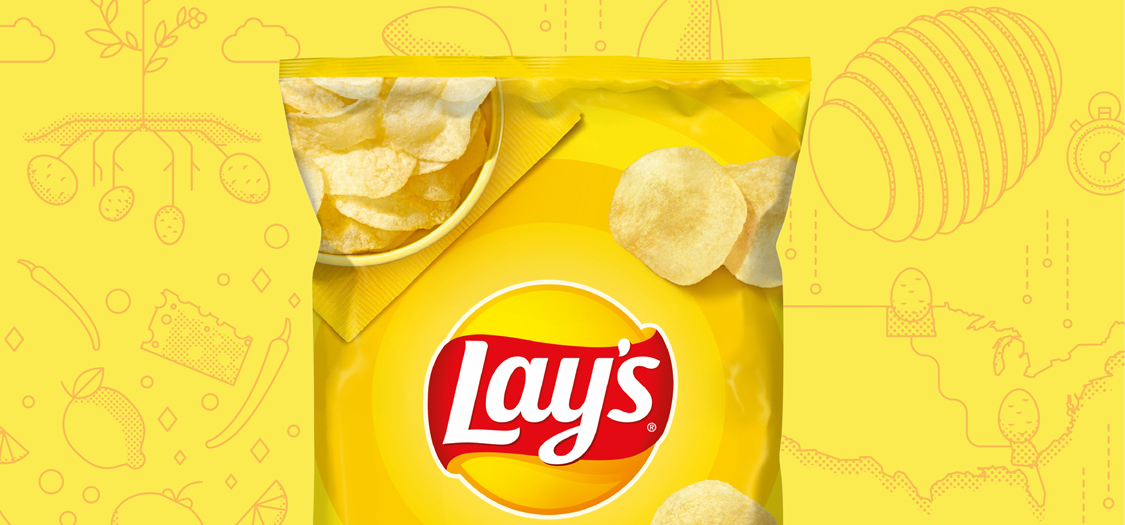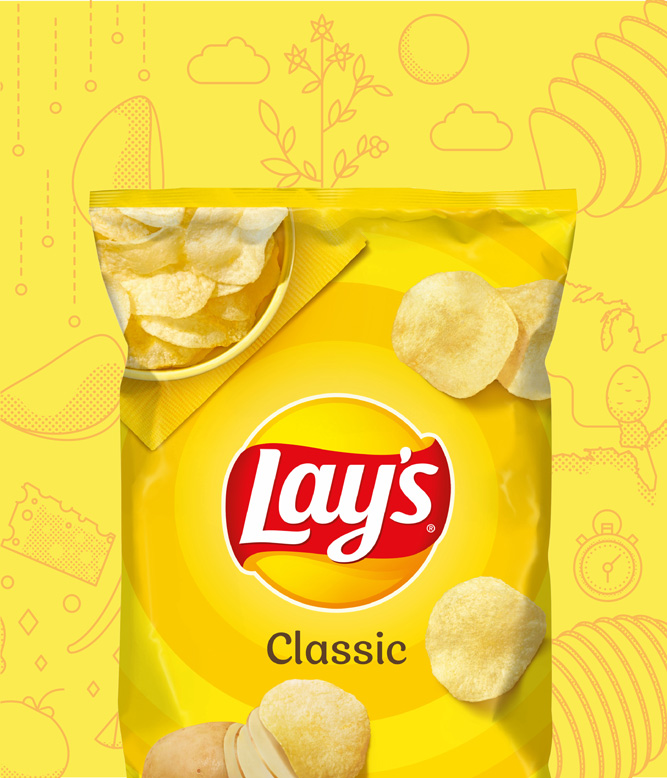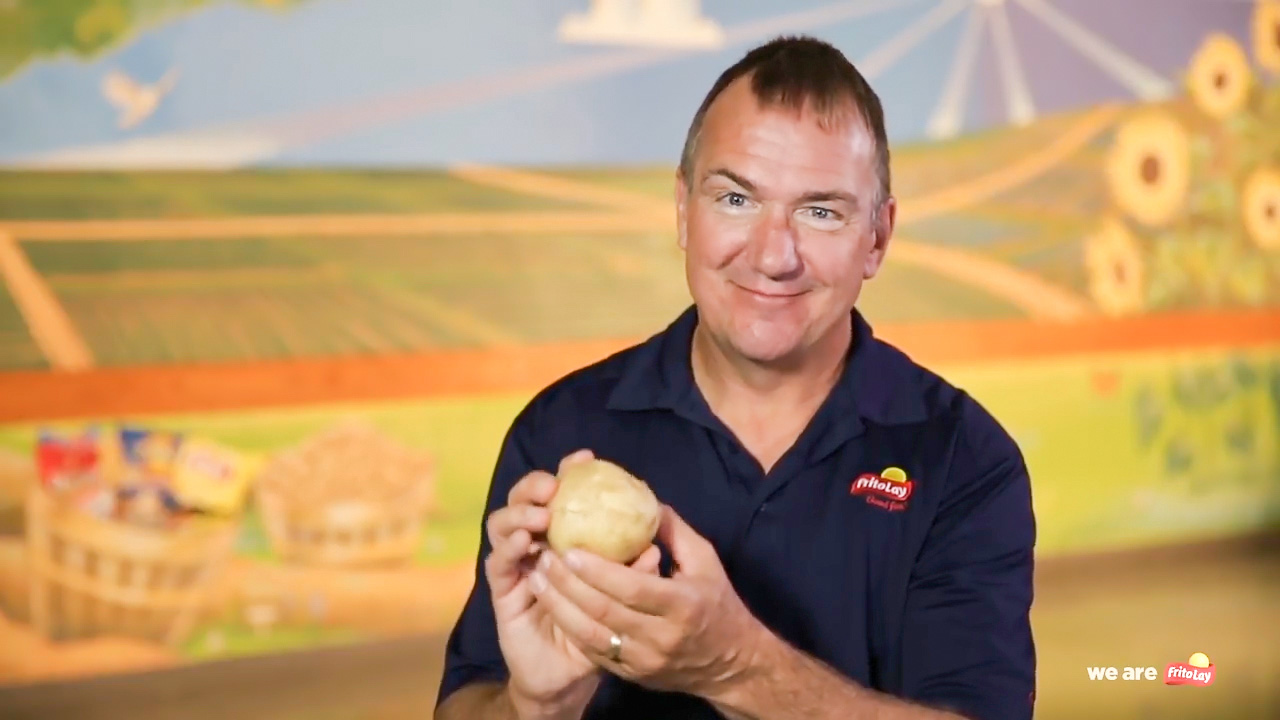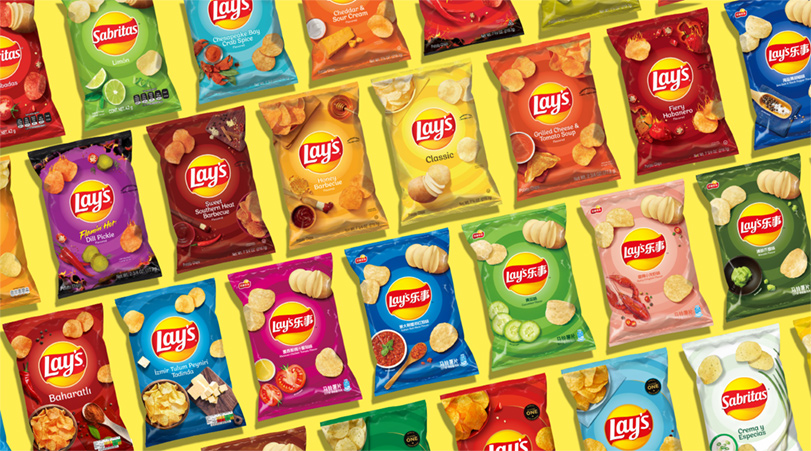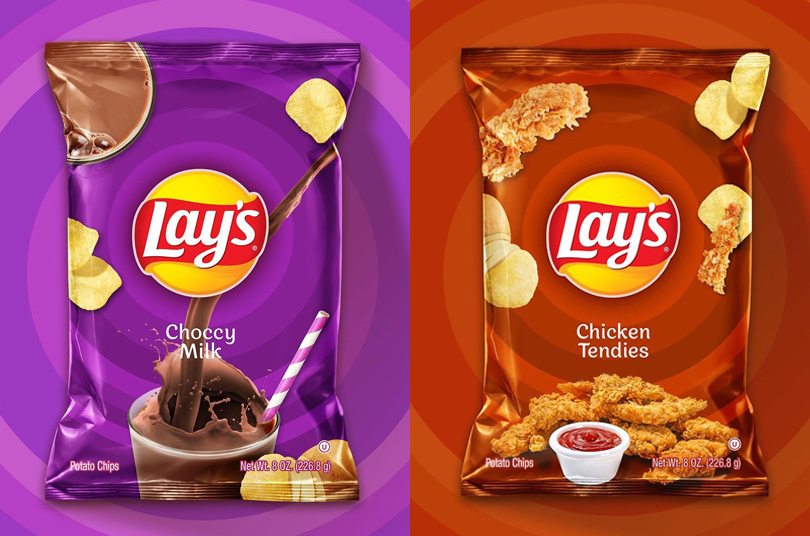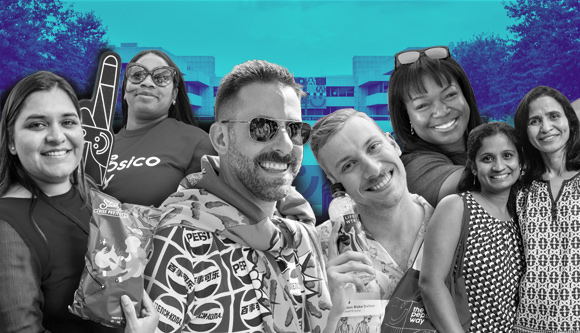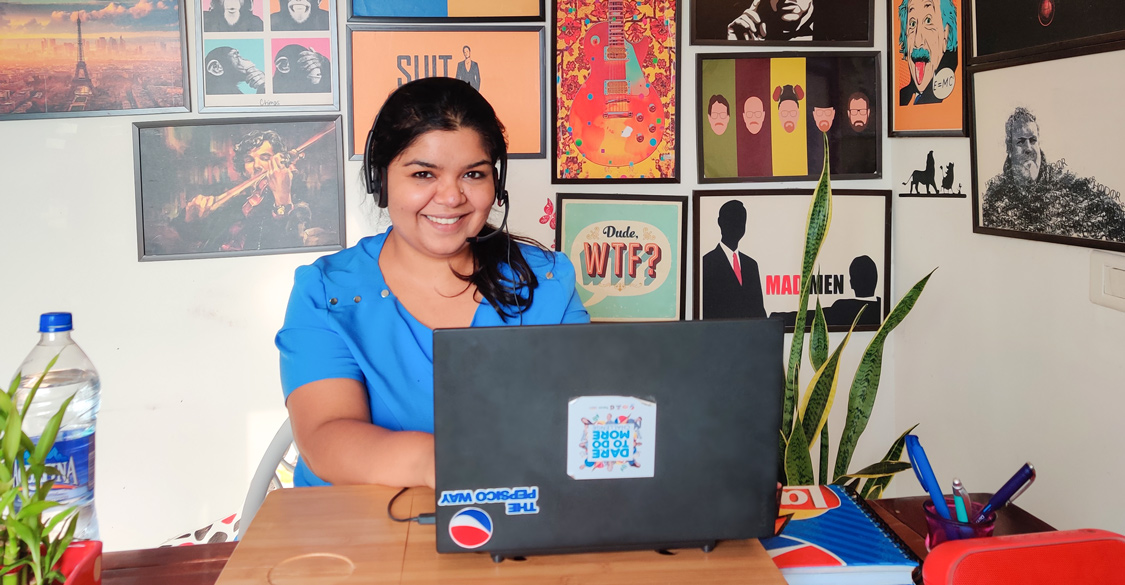Quick history lesson on Lay’s: The brand was created in the 1930s by a traveling salesman named Herman W. Lay. He crisscrossed the United States selling Lay’s out of the trunk of his car and, in the 1940s, ran the first national television ads for a potato chip.
Now Lay’s is sold in over 200 countries. The brand that started in the back of a car is the most popular brand of chips in the world — but it still requires Herman W. Lay levels of ingenuity from a whole lot of people to make and sell each bag of Lay’s. Here are just a few of them.
Procuring the potatoes
“Everything’s direct-grower, so we know where each potato comes from. We know the farm, we know the field,” says Keith Ballard, senior procurement director for Frito-Lay North America. He’s the man in charge of buying around 4 billion pounds of high-quality potatoes a year to make enough Lay’s potato chips to fill store shelves in the U.S. and Canada.
He also figures out how to move those potatoes around the country based on growing seasons, transportation options and Lay’s factory locations. “The goal is less than 24 hours for what we call load-to-fry time,” he says. Most potatoes are moved by truck, but refrigerated rail cars are an option if it means superior spuds: “If I can grow potatoes out of Idaho and put them on a rail car and ship them into Texas, I can get a better-quality potato into Texas at a lower cost.”



